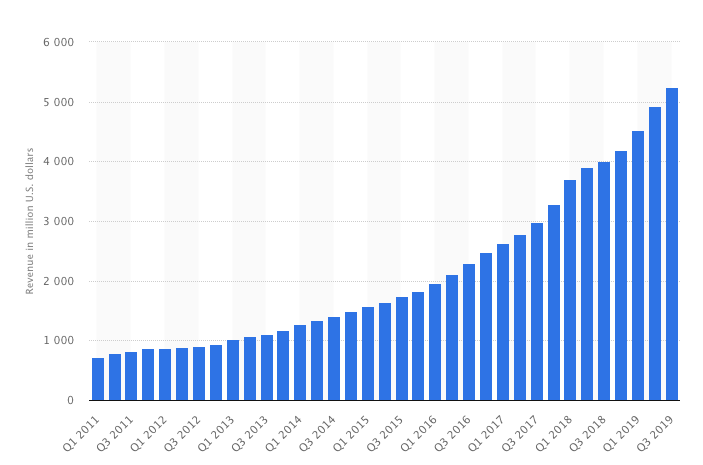Netflix Strategy Case Study
Key Learning Outcomes
By the end of the case, students should be able to:
- Understand the major strengths and weaknesses of Netflix using the SWOT framework.
- Use the SWOT analysis model to understand the role dynamic capabilities can play as critical bases of strengths to help firms take advantage of opportunities by analysing how Netflix has used key capabilities to take advantage of opportunities brought about by Covid-19 to create a world-class viewing experience.
- Contrast arising opportunities with some of the emerging threats to understand where the streaming industry is heading, and whether Netflix can seize and reconfigure elements of its strengths and capabilities for corporate success in a post covid-19 world.
1.0 INTRODUCTION
Founded by Reed Hasting and Marc Randolph, Netflix is the biggest American media service provider and production company. The streaming giant has grown to become the biggest media streaming service in the world, with more than 200 million paid subscribers worldwide as of the fourth quarter of 2020 and viewership of at least 37% global internet users (Statista 2021; Statista 2019a). Since its inception, the company has grown from strength to strength, with its revenue growing from less than USD$700m in 2011 to around USD$20 billion by 2020, while subscribers have grown from less than 22 million in 2011 to 203.67 million paid subscribers worldwide (2019b; Statista 2021).

In the following sections, we take a comprehensive look at some of Netflix's strengths, including core capabalities, its major weaknesses as well as arising opportunities and threats that it faces. Using SWOT, we delve deeper into the reasons why even though rising competition looms large and content production costs remain a major weakness, the lasting legacy of covid-19 on streaming habits, in line with a continued shift to online/mobile streaming will play a key role in shaping the streaming battlefield, arguing that Netflix is in a much better shape to dominate compared to rivals.









